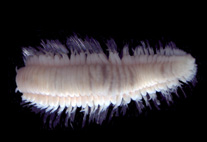Abstract
Recent herpetofaunal investigations in Timor-Leste revealed populations similar to Hemidactylus brookii Gray, 1845 in four of 13 districts. In order to properly identify these populations, we examined their relationships to other H. brookii-complex populations, notably those from nearby Roti Island, Indonesia (to which the name H. tenkatei van Lidth de Jeude, 1895 has been applied) and topotypic Bornean samples. We evaluated both meristic and mensural data from a set of specimens that included the type material of H. brookii and H. tenkatei, and we generated nuclear (RAG1) and mitochondrial (ND2) DNA sequence data for Timor-Leste specimens and a topotypical Bornean specimen presumed to represent H. brookii sensu stricto. Morphologically, Timorese geckos are clearly distinct from H. brookii and identical to H. tenkatei. Our molecular data show that the Bornean specimen thought to be H. brookii is genetically congruent with Timor-Leste specimens, and this specimen is therefore identified as H. tenkatei. Our data also reveal that the Burmese species H. subtriedroides Annandale, 1905 is distinct from both H. tenkatei and H. brookii. While the current data do not allow us to determine with certainty whether H. tenkatei is the oldest available name for these widespread forms, it is the only name that can be reliably applied at this time.

